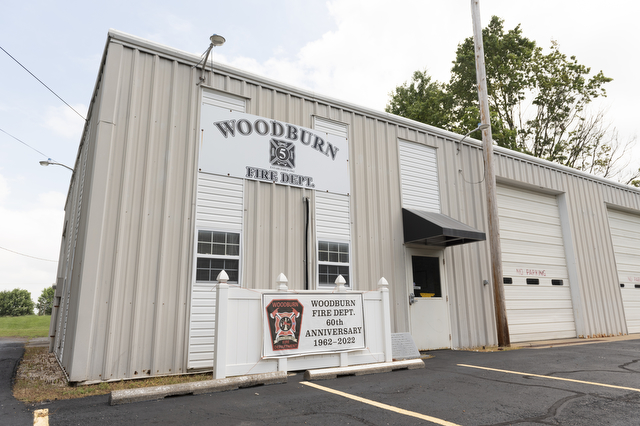A century of fish and wildlife restoration and management in Kentucky
Published 11:00 am Sunday, March 18, 2012
March 12, 1912 was an important date in the history of the restoration and management of fish and wildlife resources in Kentucky. One hundred years ago today, the Kentucky General Assembly created the Kentucky Game and Fish Commission, an agency funded by license sales, with a non-partisan board of citizens chosen by Gov. James B. McCreary.
Today, a commission still helps guidance fisheries and wildlife management in Kentucky.
“The Fish and Wildlife Commission is a unique and effective system that provides oversight and guidance for the department,” said Dr. Jon Gassett, commissioner of the Kentucky Department of Fish and Wildlife Resources. “It has a proven track record of resource management success since its inception.”
The commission’s leadership has been critical to the restoration and management of Kentucky’s fish and wildlife resources. In 1944, the commission expanded from four members to nine. The members of this board are nominated by licensed hunters and anglers in nine separate districts, and are subsequently appointed by the governor. The commission makes major policy decisions with input from the agency’s leadership and staff biologists.
One hundred years ago, fish and wildlife resources in Kentucky and all across America were at historic lows, and reeling from commercial exploitation. Conservation had emerged as a social and political movement in America, led by sport hunters, who decried the devastating losses of wildlife caused by market hunters those who hunted for profit. As sport hunters organized to protect lands from market hunting, they developed codes of conduct and ethics and promoted the concept of fair chase.
Passage of the Lacey Act in 1900, the first federal law protecting wildlife, made it illegal to take, transport, possess or sell illegally taken game. The landmark legislation essentially outlawed market hunting in America. Soon thereafter, the Kentucky General Assembly began passing state laws to further protect wildlife in the state.
On March 22, 1902, the Kentucky General Assembly established the first hunting license in Kentucky. In 1904, game wardens first appeared, appointed by county judges, to enforce fish and game laws, sharing in a percentage of the fines paid by convicted violators.
The restoration and management of native species accelerated in the decades after the creation of the Kentucky Department of Fish and Wildlife Resources in 1952. The commission passed regulations, approved by the Kentucky General Assembly, which benefitted both game and non-game species. They voted to enhance the enforcement of wildlife and boating laws, approved management strategies for the state’s lakes and rivers, approved the building of fish hatcheries to produce bass, catfish, muskellunge, walleye and other fishes for stocking, and helped landowners improve their lands for fish and wildlife habitat.
Utilizing television, radio and magazine stories, and later digital and social media, the department began to showcase its programs to the state’s hunters and anglers, providing a mix of information and education. With the commission’s approval, the department built and opened summer camps to teach youths about the outdoors, introduced fish and wildlife management to school curriculums, passed on the heritage of archery and shooting sports, acquired land for public fish and wildlife-related recreation, and built boat ramps to access to the state’s public waterways.
Another federal law that continues to have profound impact on wildlife management efforts is Federal Aid in Wildlife Restoration Act of 1937, commonly called the Pittman-Robertson Act. It created a stable funding source for states to halt the unsustainable harvest of wildlife, prevent the destruction of habitat, and bring back many species from the brink of extinction.
The Pittman-Robertson Act, which celebrates its 75th anniversary this month, helped create the most successful model for wildlife management in the world, and is arguably America’s greatest conservation story.
Through the decades in Kentucky, Pittman-Robertson funds were used to acquire habitat, bring back native wildlife species, pay for disease surveillance, and other research and inventories important to population monitoring and management. All these success stories were overseen by the Kentucky Fish and Wildlife Commission.
Today, fish and wildlife management efforts in Kentucky are nationally recognized, and fishing, hunting and wildlife-related recreation has become a major component to Kentucky’s tourism industry.
The Kentucky Department of Fish and Wildlife Resources manages, regulates, enforces and promotes responsible use of all fish and wildlife species, their habitats, public wildlife areas and waterways for the benefit of those resources and for public enjoyment. Kentucky Fish and Wildlife is an agency of the Tourism, Arts and Heritage Cabinet. For more information on the department, visit our website at fw.ky.gov.





